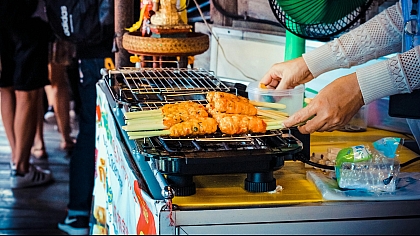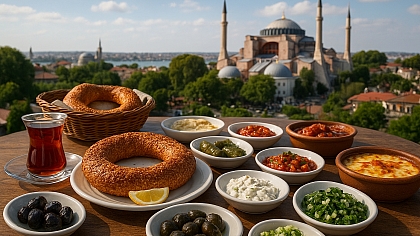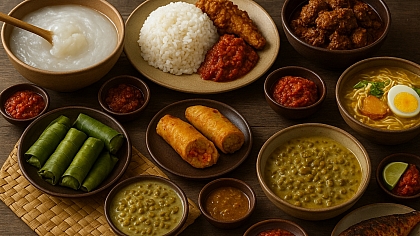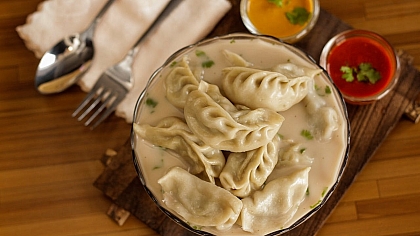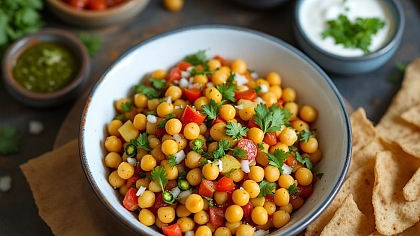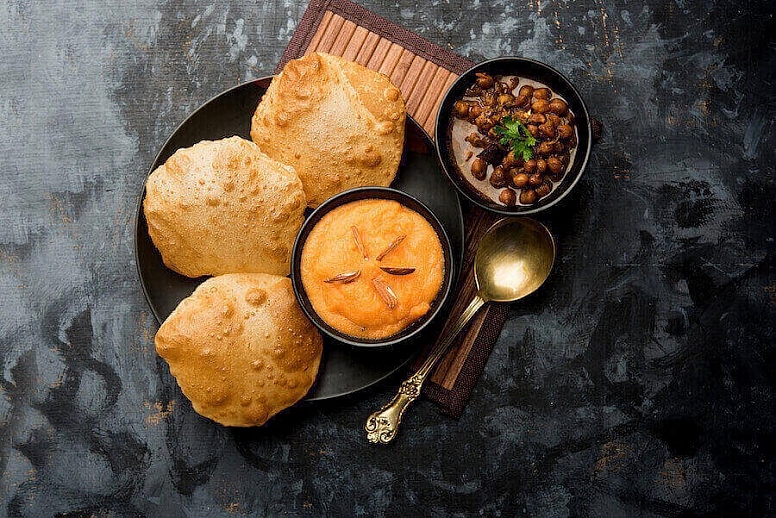
Local Food Crop Production and Tourism Output:
A Dual Perspective on Pakistan
Pakistan, a South Asian nation with a rich tapestry of cultures and landscapes, boasts a vibrant agricultural sector that not only caters to its domestic food security but also plays a pivotal role in the country's tourism industry. The nexus between local food crop production and tourism output in Pakistan is a dynamic and multifaceted relationship that intertwines the sustenance of the population with the allure of its diverse landscapes.
Delves into the intricate interplay between local food crop production and tourism output in Pakistan, exploring how the nation's agricultural abundance contributes to its tourism sector and how these sectors, in turn, influence each other.
Local Food Crop Production in Pakistan
Pakistan's agricultural sector has been the backbone of its economy for decades, contributing significantly to employment, foreign exchange earnings, and GDP. The country's diverse climate, from the fertile plains of Punjab to the arid landscapes of Balochistan, allows for the cultivation of a wide range of food crops. Wheat, rice, sugarcane, cotton, and maize are among the staple crops that play a pivotal role in local food security and livelihoods. The Green Revolution of the 1960s further accelerated crop production through the adoption of modern agricultural techniques and technologies.

The agricultural sector not only provides sustenance but also contributes to rural development and poverty reduction. However, despite its potential, the sector faces challenges such as water scarcity, outdated farming practices, and insufficient infrastructure. To maximize local food crop production, Pakistan must invest in sustainable agricultural practices, improve irrigation systems, and enhance access to credit and markets for farmers.
Tourism Potential in Pakistan
Pakistan's diverse geography offers a treasure trove of natural beauty, ranging from the majestic Himalayan peaks in the north to the serene beaches along the Arabian Sea in the south. The country's rich cultural heritage, historical sites, and vibrant cities add to its tourism appeal. Iconic destinations like the Swat Valley, Hunza, Murree, and the ancient city of Taxila attract both domestic and international tourists. The potential for adventure tourism, such as trekking, mountaineering, and river rafting, is immense due to the presence of some of the world's highest peaks, including K2.
Despite its undeniable potential, the tourism sector in Pakistan has been underexplored and underdeveloped for years, mainly due to security concerns and a lack of infrastructure. However, recent efforts by the government to improve security, promote tourism-friendly policies, and invest in infrastructure are gradually reaping rewards. The revival of international tourism not only boosts the economy but also promotes cultural exchange and understanding.
The Interplay between Food Crop Production and Tourism
The intricate interplay between local food crop production and tourism output in Pakistan is often overlooked. However, this relationship is symbiotic, contributing to the nation's overall development. On one hand, the agricultural sector indirectly supports the tourism industry by ensuring food security and catering to the needs of both locals and visitors. A stable and robust agricultural system provides a steady supply of food products for the hospitality sector, reducing dependence on imports and contributing to self-reliance.
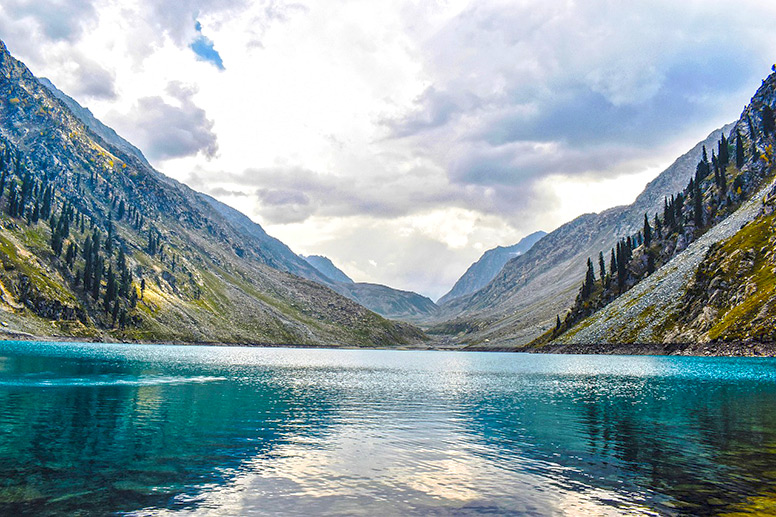
Conversely, the tourism industry directly benefits local food crop production. As tourism grows, demand for local produce, such as fruits, vegetables, and traditional cuisine, increases. This opens new markets for farmers and encourages the cultivation of unique local crops that are sought after by tourists. Additionally, the demand for authentic culinary experiences drives the promotion of local cuisines, which are deeply rooted in the agricultural traditions of the region.
Challenges and Opportunities
While the relationship between local food crop production and tourism output in Pakistan holds promise, it is not without challenges. Sustainable development is paramount to ensure that increased tourism doesn't lead to environmental degradation or exploit local resources. Proper waste management, responsible tourism practices, and community involvement are crucial to maintaining the delicate balance between tourism and agriculture.
Investment in infrastructure is another pivotal factor. Improved transportation networks, accommodations, and amenities in tourist destinations are essential to attract and retain visitors. Simultaneously, investment in agricultural infrastructure such as storage facilities, transportation networks, and market access can enhance local food production and ensure its efficient supply to both locals and tourists.
Pakistan's local food crop production and tourism output are intricately connected, forming a dual perspective on the country's development. The agricultural sector provides sustenance and livelihoods while also indirectly supporting the growing tourism industry through the supply of local produce. Conversely, the tourism sector boosts demand for agricultural products, spurring innovation and growth in the agricultural sector.
As Pakistan navigates its way toward sustainable development, harmonizing these two sectors can lead to holistic growth that benefits both the economy and the well-being of its people. Through careful planning, investment, and cooperation, Pakistan can harness the full potential of its agricultural abundance and captivating landscapes to create a prosperous and vibrant future.




